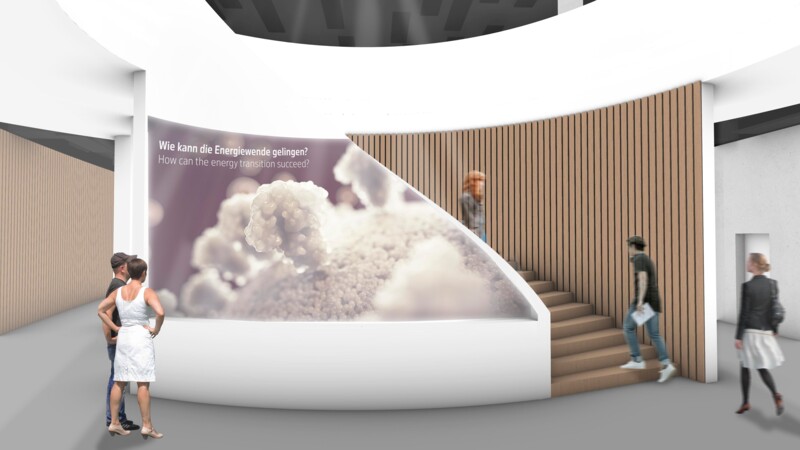"LISA will be one of the largest and most exciting measuring instruments ever built by mankind and will very likely provide us with groundbreaking new insights into the structure and formation of the universe," said Prof Dr Oliver Gerberding, Head of the "Quantum Universe" Cluster of Excellence at UHH, which focuses on phenomena in astrophysics and particle physics. Measurement systems for gravitational wave detection are to be developed in cooperation with the Deutsches Elektronen-Synchrotron (DESY).
The European Space Agency’s (ESA) Science Programme Committee approved Thursday (January 25, 2024) the Laser Interferometer Space Antenna (LISA) mission that aims to detect and study gravitational waves from space. Construction will begin in January 2025 once a European industrial contractor has been chosen and is due for completion around 2035. Led by ESA, the mission is being undertaken by ESA, its member state space agencies, NASA, and an international consortium of scientists including three work groups at the University of Hamburg.
New insights into structure and formation of space
Hamburg central to LISA's development
Gravitational waves in the low frequency range cannot be measured from Earth, but are generated in space, e.g., when black holes merge. To expand the boundaries of gravitational research, it must be extended to space, said Nora Lützgendorf, the lead scientist. LISA is a constellation of three spacecraft which will trail Earth in its orbit around the Sun, forming an exquisitely accurate equilateral triangle in space. Each side of the triangle will be 2.5 million km in length (more than six times the Earth-Moon distance), and the spacecraft will exchange laser beams over this distance. The launch of the three spacecraft is planned for 2035 on an Ariane 6 rocket. The University of Excellence Hamburg and DESY have expanded their involvement in "LISA" in recent years with the Cluster of Excellence "Quantum Universe", making Hamburg central to the development and scientific use of LISA.
fw/mm/pb
Sources and further information
More
Similar articles

Clusters of Excellence at Hamburg University draw interim balance


